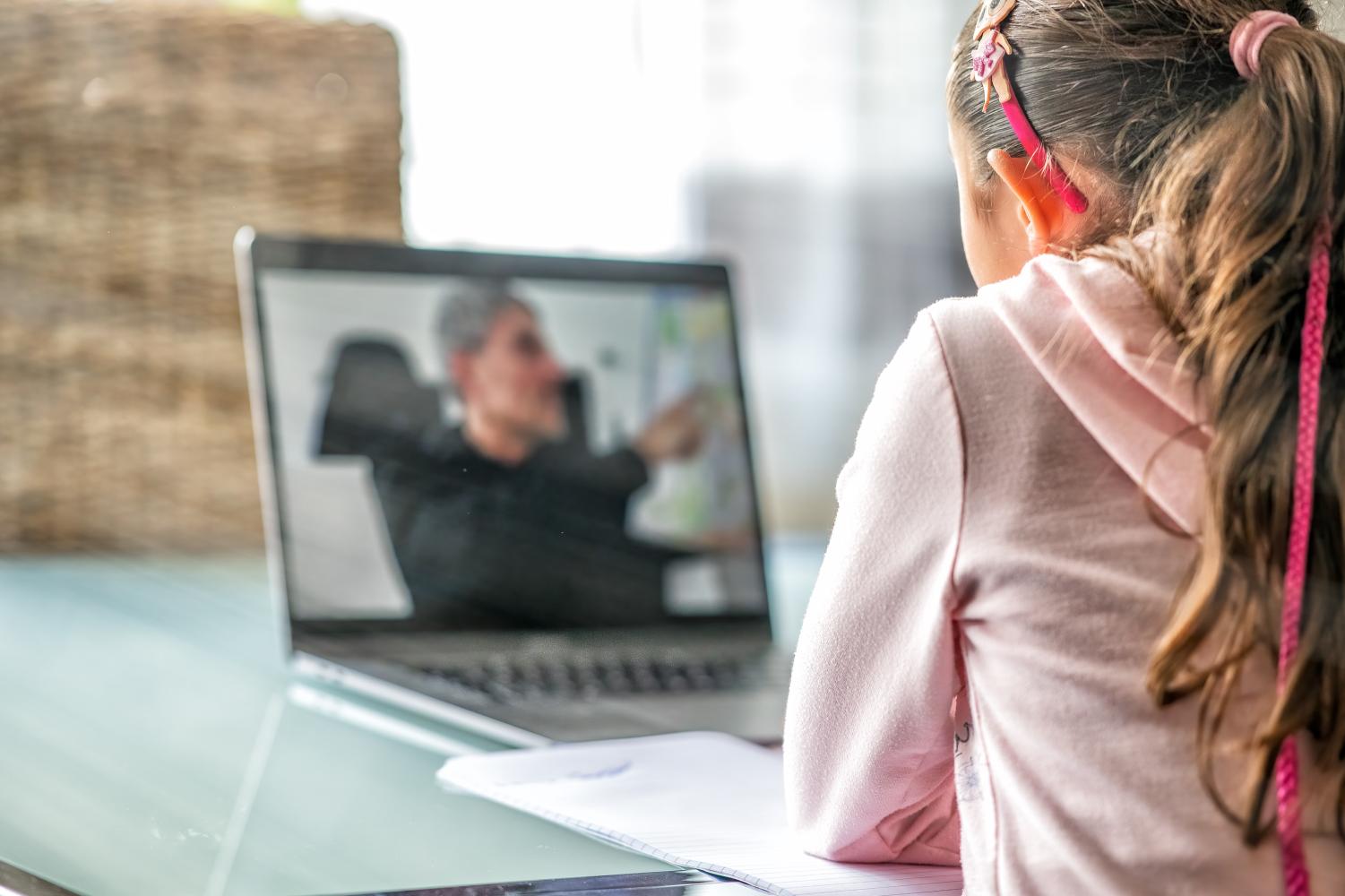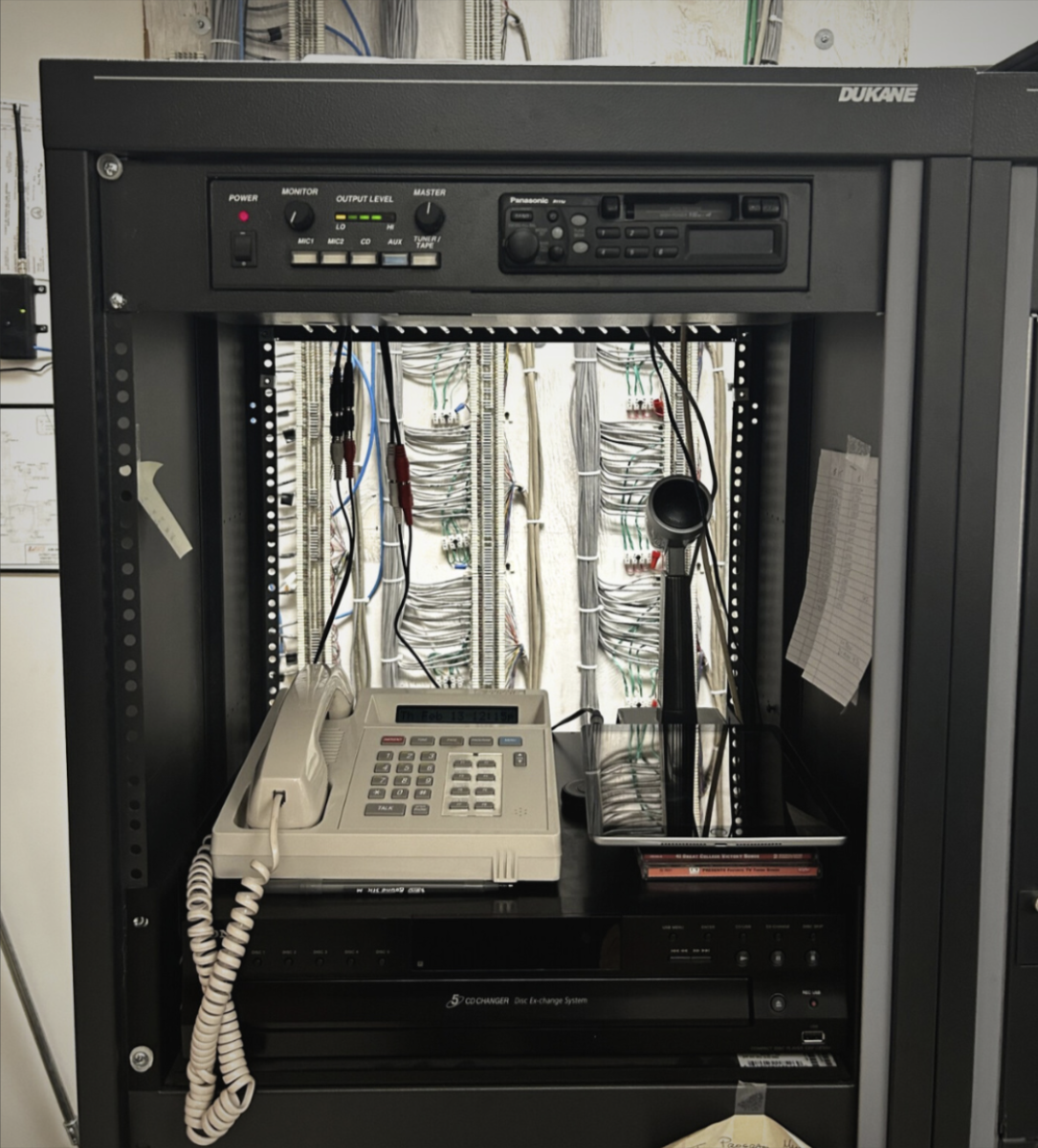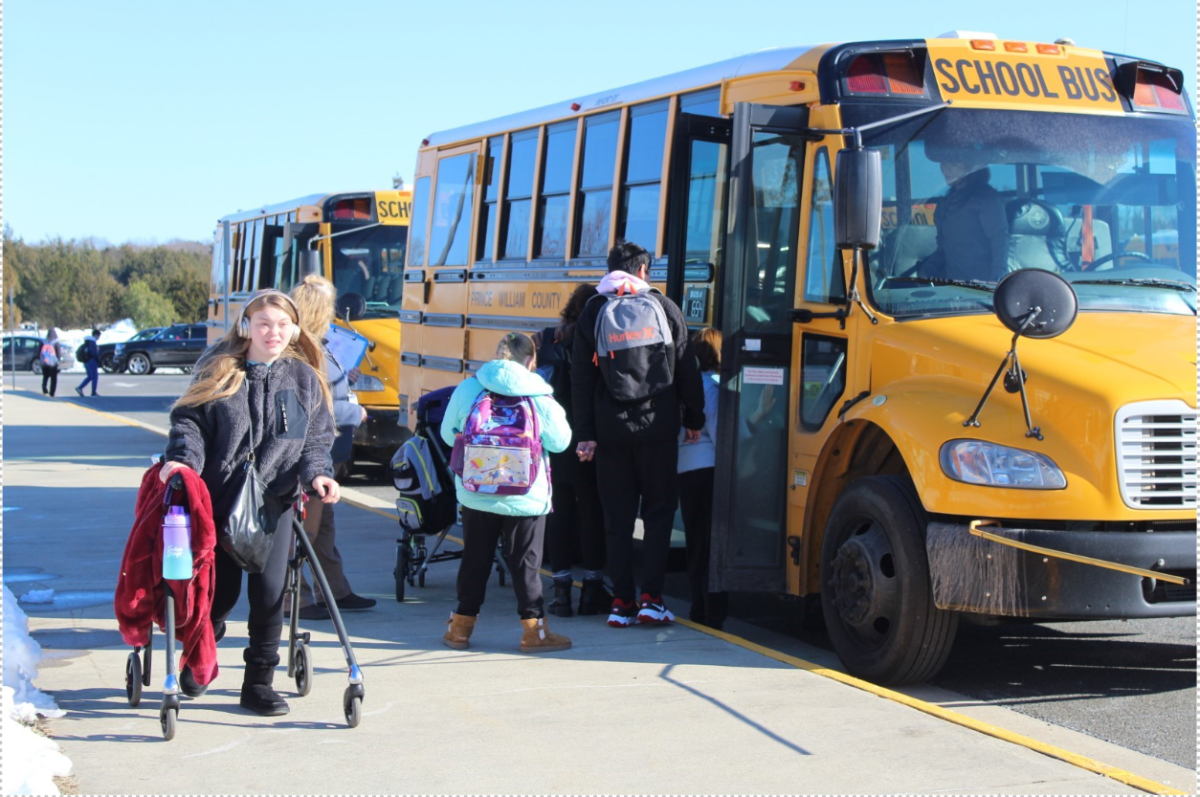Students before v. after COVID-19
For many students, the COVID-19 pandemic began with an extended two-week spring break with plans to return to school shortly after. However, that two-week break soon turned into a year and a half quarantine, meaning that students and staff were confined to their homes and had limited physical interaction with peers and family.
With 2023 marking the third year since the outbreak of the Coronavirus pandemic, students have had to adapt to numerous academic changes. Some of these changes included remote learning, where students were forced to learn through their computers and adjust to virtual education. This adjustment lasted for over a year and a half, and when students began to return to school in person, staff and schools alike realized that students had changed – the pandemic had taken a massive toll.
“Perhaps the biggest change I have seen is that students just struggle in general towards their academics and just being attentive. But also, attendance has really kind of been impacted because students feel stressed from, I would imagine everything,” said Patriot High School Assistant Principal Delores Lucas.
A study in May 2022 reported that 80% of schools had found: “stunted behavioral and socioemotional development”, a 56% increase in “classroom disruptions from student misconduct”, a 49% increase in “rowdiness outside of the classroom”, and all schools reported a 55% increase in “student tardiness”, post COVID-19 pandemic. Since the return of students in schools after COVID-19, it was clear that students were struggling to acclimate back to the students they once were.
In addition to behavioral changes in students, there have also been academic changes. The pandemic has caused for there to be larger score and education disparities between higher and lower income schools across the nation, however both ends reported a significant drop in math and reading standardized tests since the pandemic began.
“It was a struggle for all [administrators, staff, and students] and maybe that’s because [COVID-19] came so abruptly. There are kids who need others around them and there are kids who need to look at someone and say ‘oh okay I got it I understand’, but I also think it brought to surface that there are other ways that we can tap into a student and what that student’s strengths happen to be,” said Lucas.
Not only have scores dropped, but many colleges have also made changes to their admissions process deeming SAT scores as optional due to the COVID-19 impacts. A positive change admits the many challenges students have had to face thus far.
Why have students changed?
NPR’s Education Correspondent says, “schools are a place for relationships, routine, stability, and hope for children”. When the pandemic took those away, it heavily impacted students across the nation – causing for emotional and physical stress leading to issues such as mental illness.
“There really isn’t a sense of community,” said Lucas when asked about changes post COVID-19. “[Students] have become much more isolated”.
This separation from the community and isolation has also caused students to develop an array of mental health issues linked with the newly seen behavioral changes reported by schools all over the nation. Factors such as family disruptions, loss, social isolation, and economic instability, are just some of the different aspects of the pandemic that has set forward this onslaught of mental health struggles.
“I would say that some of the things we’ve been trying to do are getting students more involved in just what I would call ‘low stakes sorts’ of things – ‘Hey , come out to the trunk or treat’ or ‘hey I saw these flyers and wear a ribbon’, which then creates some kind of unity. So the solution is how do we create unity while at the same time value individuals’ from where they are. And you can do that unity from small low stakes opportunities – for students to join a club or go to a game,” said Lucas.
With the pandemic causing students to have no other choice than spend endless hours at home, social media usage has increased drastically and is evident in the way that students behave in schools. Trends that go viral on social media has caused for students to be destructive and act out in order to participate.
“I do think that TikTok and those type of social media outlets have a good place and can show the creative side of students, but I do think that because we were in isolation the understanding of others’ property and others’ feelings went to the wayside,” said Lucas.
Moving Forward
Many educators and administrators, like students, have felt the effects of the pandemic resulting in higher percentages of absenteeism across the nation. The changes have not only come due to the pandemic itself, but also in part because of the new academic and behavioral changes and approaches that students have presented.
“We’ve seen a lot of people leave the profession as a result of what they believe has been disrespect for the profession,” said Lucas.
However, as normalcy begins to return in schools, both staff and students are adapting to the changes after COVID-19. These changes require both parties to move forward as a community, not trying to return to the old normalcy, but perhaps a new normal.
Assistant Principal Lucas says, “We came back from COVID-19 and said we’re going to pick up right we left off – even though there’s a learning gap – we’re going to pick up right where we left off doing the same things that we’ve always done in terms of the ways in which we approach education. So we’re going to pick that up and help close that gap – but maybe we have to step back and say maybe, we can do this differently.”





